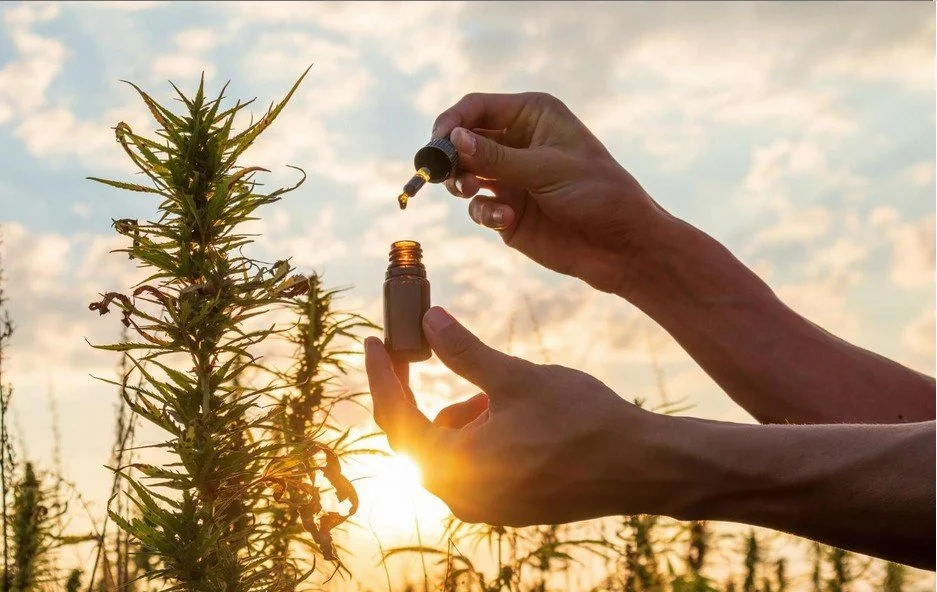CBD for Beginners: What You Need to Know Before Buying Your First Product
Trying CBD for the first time can feel overwhelming. With terms like oils, gummies, full-spectrum extracts, and isolates, it’s easy to feel lost, especially when every label seems to assume you already know what you’re doing.
CBD isn’t one-size-fits-all. How it’s labeled and dosed can affect your experience. And with so many brands out there, it helps to know what you’re actually looking at before you buy.
This guide is built for beginners—breaking down the basics so you can shop with clarity instead of confusion.
What Is CBD and Why Are People Using It?
CBD stands for cannabidiol—a natural hemp compound that interacts with the body’s endocannabinoid system. Unlike THC, CBD doesn’t make you feel high. Instead, many people turn to it for things like calming a racing mind, easing tension after work, or improving sleep routines.
The appeal of CBD is that it doesn’t push your system one way or another—it supports balance. That’s why it’s showing up in everything from daily wellness routines to post-workout recovery kits.
With more people curious than ever, the key is learning how to choose the right product—and how to read what’s on the label before you make that first purchase.
How to Choose the Right CBD Product Type
When you’re just starting out, the format you choose can make a big difference. Some people want something fast-acting. Others prefer something easy to track and dose. CBD comes in several forms, and each one works a little differently.
Here’s a quick breakdown:
Oils and tinctures absorb under the tongue and usually kick in within 15–30 minutes. They’re great if you want more control over your dose.
Gummies and edibles are slower to act but super convenient. Each piece has a set amount, which takes the guesswork out of dosing.
Capsules are tasteless, travel well, and make it easy to build CBD into your daily routine.
Topicals work at the surface level and are mostly used for muscle or joint relief.
If you're not sure where to start, some beginner-friendly options—like the oils and gummies from Evn—offer a simple, accessible experience. Their products are clearly labeled and thoughtfully dosed, making them a reliable starting point for first-time users.
Understanding Dosage and Strength Labels
CBD labels can feel confusing at first, but once you know what to look for, it gets easier. The most important part is knowing how much CBD you’re actually taking and how your body responds to it.
What "mg of CBD" Really Means
That big number on the front of the bottle? It’s usually the total amount of CBD in the entire container, not per serving.
A 600mg bottle might contain 30 servings of 20mg each.
Serving size is usually listed on the back or side of the label.
Focus on the per-serving amount when comparing products.
Higher milligrams don’t always mean stronger results.
Effectiveness depends on your body and the product type.
Start Low, Go Slow
When you’re new to CBD, less really is more.
Start with around 10–15mg, once per day.
Give it a few days before adjusting.
Track when you take it, how much, and how you feel afterward.
Some notice changes quickly; others take a week or more.
The goal is to find your baseline, not to chase a feeling.
Why Third-Party Testing Matters
Not all CBD is created equal, and the label alone doesn’t tell you everything. That’s where third-party testing comes in.
Before any product reaches your hands, it should be tested by an independent lab to confirm what’s inside. This helps verify:
The amount of CBD (and other cannabinoids)
That it’s free from pesticides, solvents, and heavy metals
Consistency from batch to batch
This information comes in a Certificate of Analysis (COA). Most trustworthy brands link these directly on their product pages or through a QR code on the label.
It’s not just about safety—it’s about trust. If a company won’t show you their test results, that’s usually a good reason to keep looking.
Red Flags to Avoid as a First-Time Buyer
There’s a lot of CBD out there, and not all of it’s worth your money. As a beginner, it helps to know what not to trust.
Watch out for:
Products that make big health claims like “cures anxiety” or “treats depression”
Missing or hard-to-find lab results
No clear dosage or ingredient info
Vague branding or unprofessional packaging
Prices that seem too low to be legit
If it feels rushed or unclear, it probably is. A good CBD product should be transparent, well-labeled, and backed by real testing.
Final Thoughts
Starting with CBD doesn’t have to be complicated. With the right knowledge, you can shop with confidence and choose products that truly support your goals.
Ready to explore? QR code can explain more, Start with clear labels, third-party testing, and beginner-friendly formats, and always listen to how your body responds.


